Saving the Laurel Dace: Ridges To Rivers Partnership Protects Critically Endangered Species
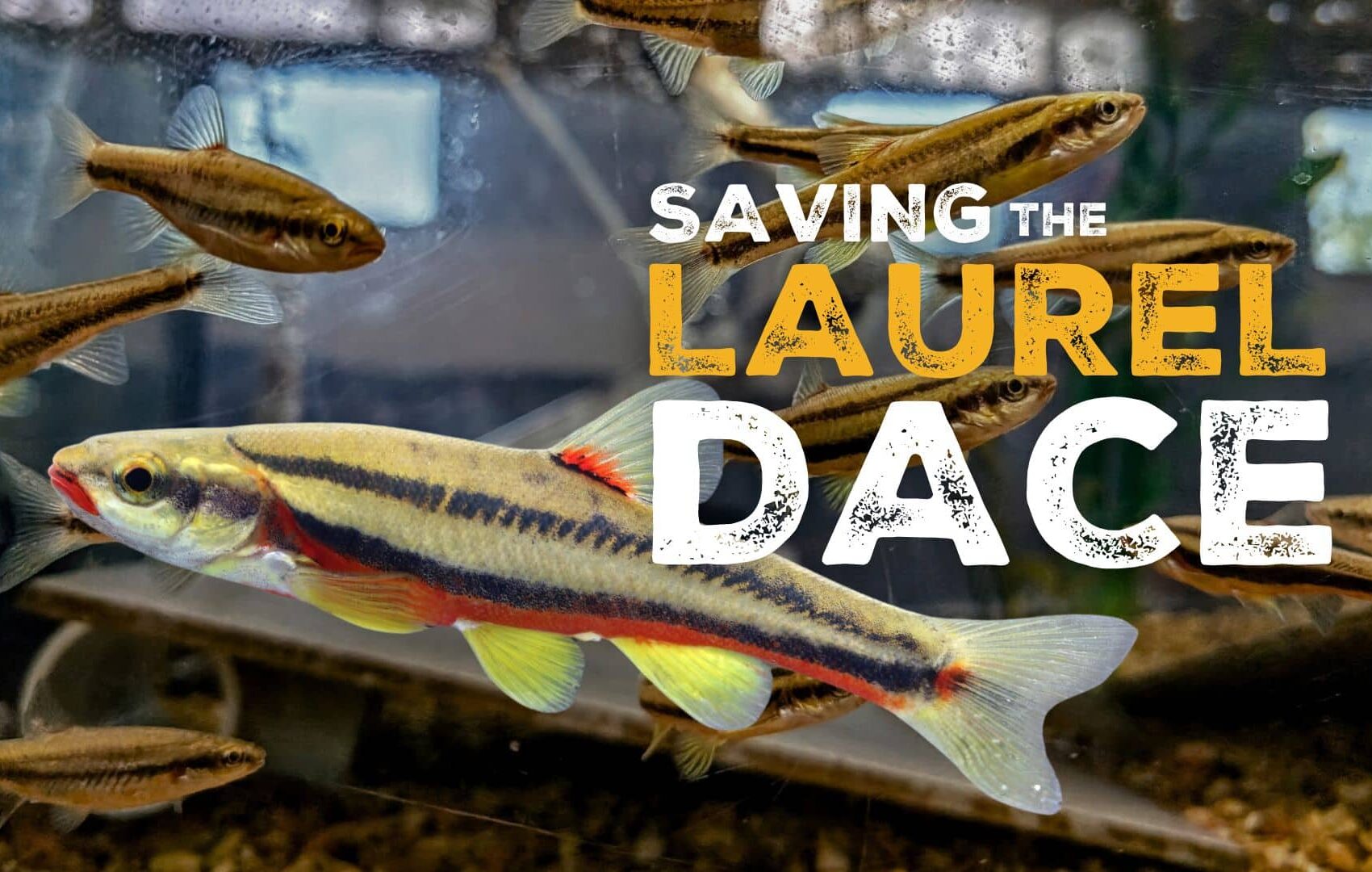
Together with partners, TennGreen Land Conservancy and the Tennessee Aquarium work to save the laurel dace: a tiny, beautiful fish found only in Tennessee.
TennGreen is proud to be known for its collaborative spirit. Through common goals and collective resources, more than 51,000 acres of Tennessee’s irreplaceable resources have been protected with donors, friends, like-minded conservation organizations, and local, state, and federal agencies. While all of Tennessee is worth conserving, some areas of the state face greater challenges amid rapid development and an ever-changing climate. Enter the Regional Conservation Partnership Program (RCPP), a demonstration of public-private partnerships’ power in delivering results for conservation—particularly in agriculture-rich areas like Tennessee.
TennGreen Land Conservancy is deeply invested in this local Ridges to Rivers RCPP partnership. Spearheaded by the Tennessee Aquarium in Chattanooga, Tennessee’s RCPP is a collaborative approach to conservation that funds solutions to natural resource challenges on agricultural land while saving irreplaceable species like the laurel dace.
This federal grant serves to advance conservation and climate-smart agriculture and comes in coordination with the U.S. Department of Agriculture’s Natural Resources Conservation Service. $10 million in federal funding is set to match the $11.8 million already invested in Tennessee’s region of interest—Bledsoe, Cumberland, Hamilton, Marion, Rhea, and Sequatchie Counties—all by more than a dozen local partnering organizations that applied to receive this funding. TennGreen hopes to protect as much land as possible in the region by providing funding for conservation easements via the RCPP.
Tennessee’s RCPP Region Chosen to Save the Laurel Dace
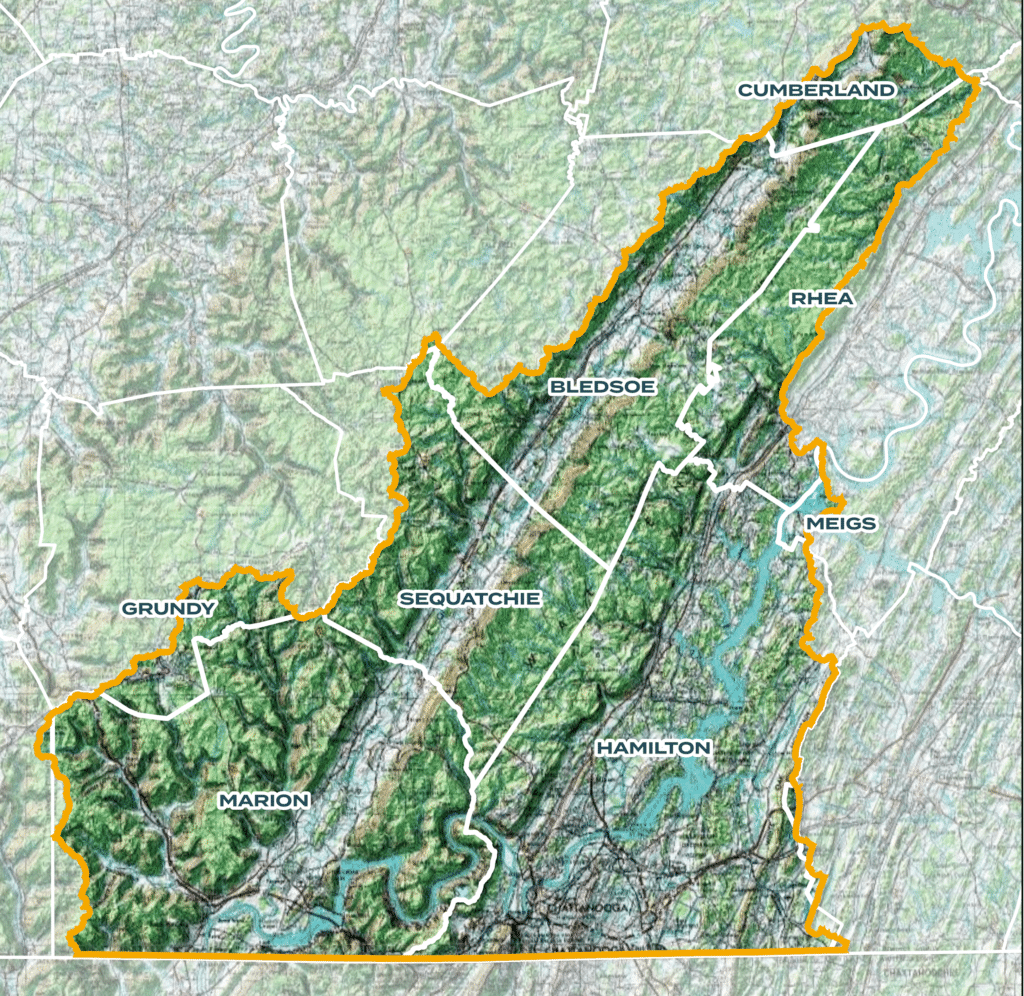
Walden Ridge spans our RCPP’s beautiful region, chosen by the program specifically for the presence of the laurel dace (Chrosomus saylori):
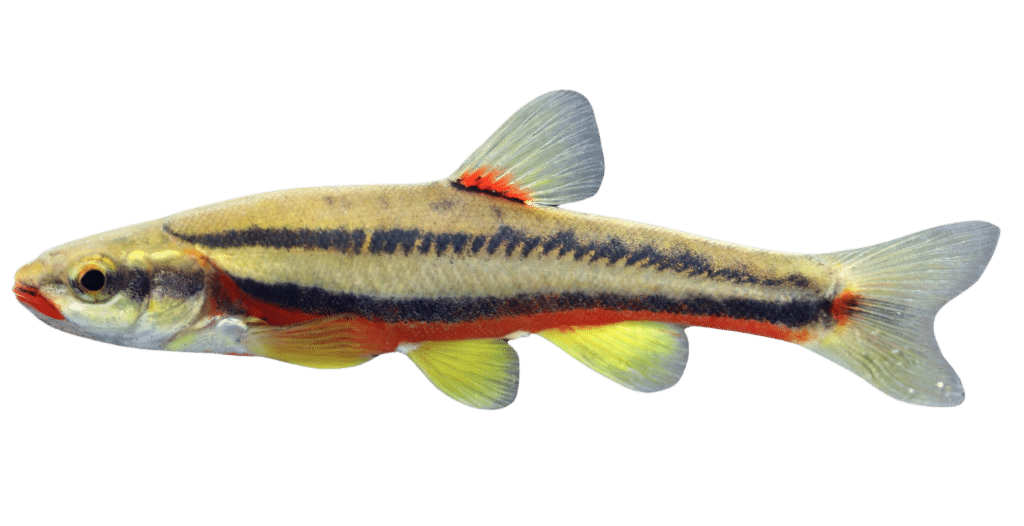
This charismatic fish species only exists along the Ridge. Nowhere else on the planet.
To help with this undertaking, TennGreen recently partnered with Middle Tennessee State University (MTSU) Advertising students to craft a RCPP awareness campaign alongside the Tennessee Aquarium.
Orchestrated by TennGreen’s Karlie Stroud and MTSU professor Dr. Tricia Farwell, the Fall 2024 Campaigns Class spent their semester analyzing all aspects of the RCPP grant focal area: the ridges and rivers nestled within the southern Cumberland Plateau and Sequatchie Valley.
“It’s been such a fulfilling, full-circle journey forming a professional relationship with MTSU’s advertising department just two years after graduating from that very program. Watching the students and campaign process from the client perspective as TennGreen’s Multi-Media Coordinator is a career-defining moment that I hope benefits our nonprofit, the university, and Tennessee’s natural resources for decades to come.”
-Karlie Stroud
Mutli-Media Coordinator
TennGreen
‘unfortunately, this fish is in real peril’
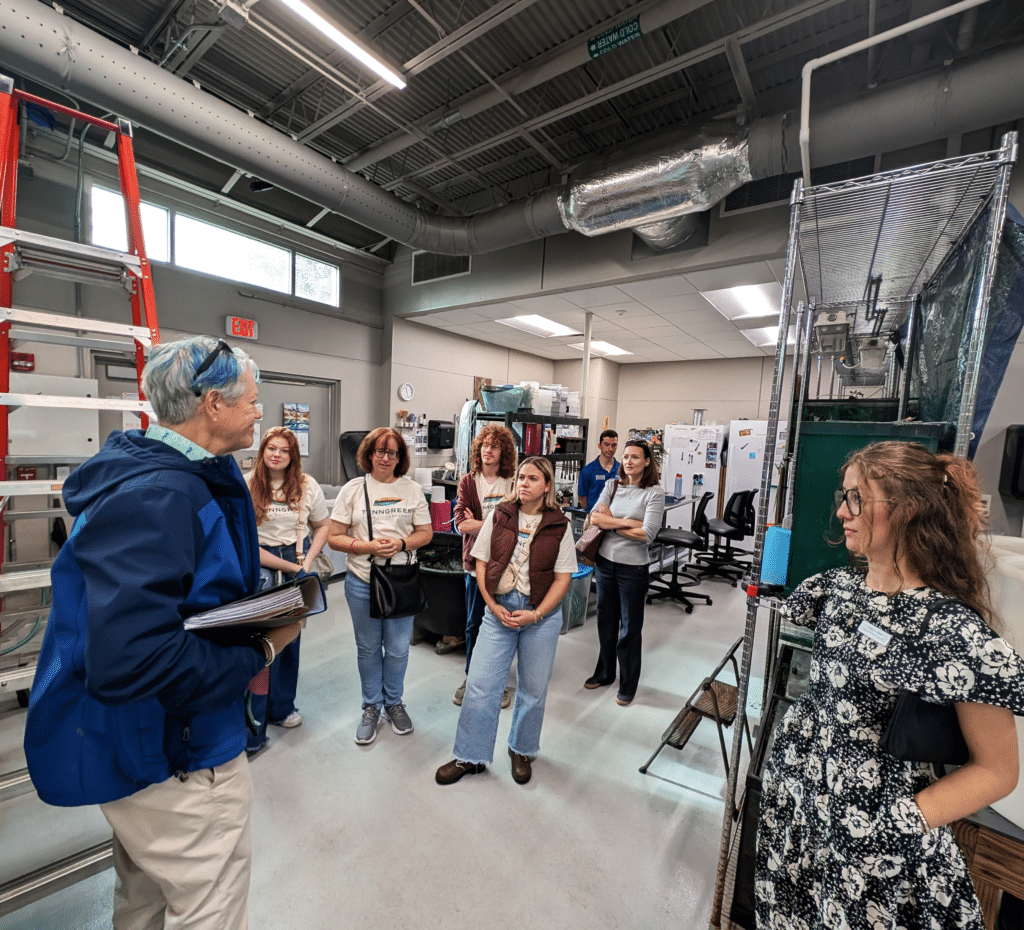
Together with TennGreen staff, the class met with aquarium scientists to see the endangered laurel dace at the Tennessee Aquarium’s Conservation Institute’s headquarters located just off the Tennessee River.
“The laurel dace is an extremely colorful little minnow. They’re so charismatic. Unfortunately, this fish is in real peril,” Dr. Bernie Kuhajda, lead Aquatic Conservation Biologist with the Aquarium’s Conservation Center, said. “It’s only found on a section of the Cumberland Plateau called Walden Ridge, and it’s only ever been documented in eight streams total. Today, we only find it in two.”
This endangered species’ plight is exemplary of the Ridges to Rivers RCPP work as a whole. The handful swimming in these crystal-clear tanks are among the mere dozens that remain of a species that far predates any human presence along Walden Ridge. Thankfully, the laurel dace has an equally charismatic protector in Dr. Kuhajda.
‘These streams are all threatened by sedimentation’
“These streams are all threatened by sedimentation,” he continued of the dace’s habitat. “Historically, up on the Cumberland Plateau, when you cut a forest, you’d plant trees and grow more forest. But recently, they’ve been replacing the forests with vegetable crops. A problem with this is, along every row of vegetables, plastic is underneath crops so you can drip irrigate. But now half of your field is an impervious surface, so it’s almost like an urban-style situation or threat.”

As Dr. Kuhajda explained, a mere inch of rainwater can collect all that farm sediment and dump it right into the streams and rivers we share with the laurel dace. “There should be big rocks, bedrock and boulders. But instead, it’s just pure sediment. Needless to say, this smothers food sources of fish like the dace. This endangered species also needs gravel to lay their eggs and spawn. Sedimentation prevents all of this. And this colorful little fish is just one example of the fallout we’re seeing.”
Combine these threats with the unrivaled, irreplaceable natural beauty and resources of the region, and the RCPP’s purpose, too, becomes crystal-clear.
WHY the RCPP?
The grant and partnership’s primary purpose is to expand the region’s ability to address natural resource concerns on agricultural land. Through technical and financial assistance to landowners, the RCPP and Ridges to Rivers partners hope to establish conservation easements and best-practice agriculture in order to save the laurel dace and the natural resources that this endangered fish—and all of the region’s inhabitants—depend on.
“The Cumberland Plateau and Sequatchie Valley are vital to the region’s incredible biodiversity and the health of its aquatic and terrestrial ecosystems,” echoes Kristen Hanratty, TennGreen’s Director of Private Land Conservation. “Protecting these landscapes through initiatives like Ridges to Rivers supports the survival and re-introduction of rare species by restoring and protecting water resources. We consider it an honor to partner in this work, knowing it will have lasting benefits for both nature and future generations.”
Alongside the Tennessee Aquarium and Fellow partners, TennGreen hopes to protect the laurel dace and surrounding ecosystems through our work.
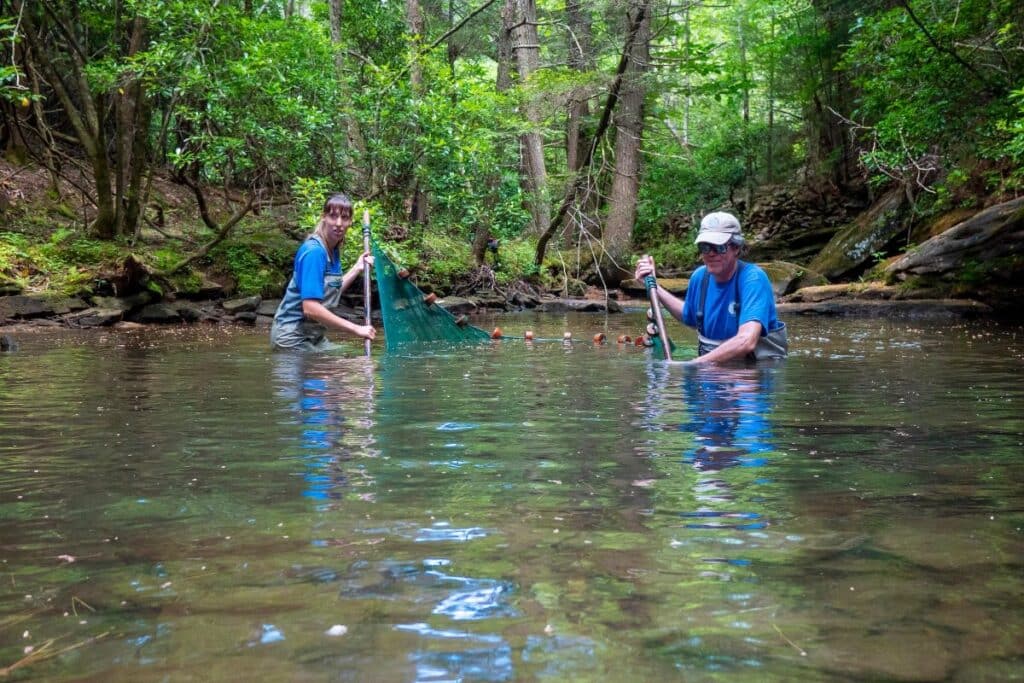
“One of the best opportunities that landowners have to protect our waters and the fragile habitats for species like the laurel dace is a conservation easement,” adds Alice Hudson Pell, TennGreen’s Executive Director.
“A conservation easement is a voluntary legal agreement the restrict certain actions on a property to safeguard the forests and streams while keeping the land in private ownership and production,” she explains. “Through this partnership, TennGreen is able to work directly with landowners, especially along Waldens Ridge and the Sequatchie Valley, to protect the lands that surround these globally-important rivers.”
As Hudson Pell puts it, “By conserving these waterways, we’re giving this endangered fish—and the entire ecosystem—a fighting chance for the future.”
If you or anyone you know stands ready to protect land in Bledsoe, Cumberland, Hamilton, Marion, Rhea, or Sequatchie Counties, please contact us at 615-329-4441 or by emailing info@tenngreen.org. We’re here to help any way we can.
To see the laurel dace’s habitat and conservation in action, watch the full video.

